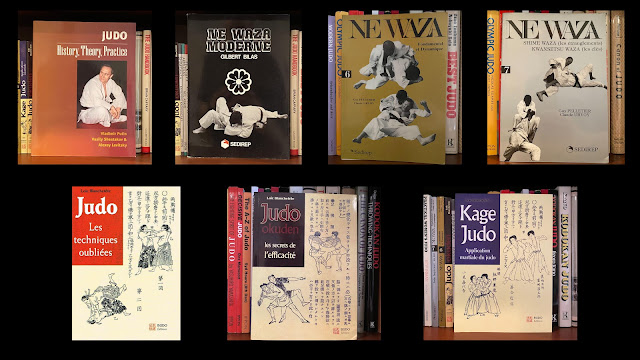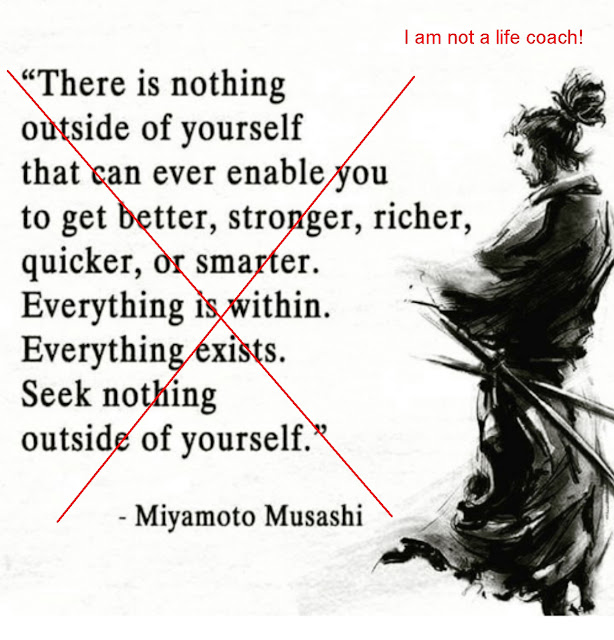May 2023 Book Survey Part 2
Welcome to the May 2023 book survey, part two. I decided to break this month's survey into three posts. The themes for this month are judo, judo, and more judo! Here is part one.
Introduction
In May 2023, I (Richard) continued my book survey plan. This post examines 7 books on judo, primarily from a non-US aspect.
Judo: History, Theory, Practice, Vladimir Putin, Vasily Shestakov, Alexey Levitsky, 2004
I bought my copy of Judo: History, Theory, Practice before the (latest) Russian invasion of Ukraine in 2022. Since that time, the International Judo Federation suspended Vladimir Putin's status as Honorary President and Ambassador of the IJF, and World Taekwondo withdrew the honorary 9th dan black belt conferred to him in November 2013.
I'm not sure how much of this book Putin wrote anyway, as he tends to attach his name to judo projects like the 2008 video Let's Learn Judo with Vladimir Putin and then has others do the work. I read the excellent biography by Philip Short titled Putin, however, and it's clear his love for judo is real and he has legitimate skills.
My copy of this book is a paperback measuring 8 1/2 inches by 11 inches, with 194 black and white pages. I bought it for much cheaper than the prices currently appearing in the secondary market.
The book features an introduction by legendary judoka Keiko Fukuda, reflecting the relatively happier times when this book was published (in 2004).
Regardless of Putin's involvement, or lack thereof, I was not impressed by this book. The history is bad enough. Page 2 says "jujitsu derives, like everything in Japan (for example, karate), from China." It continues by saying founder Kano wore a white belt at the end of his life (p 13) and "gave judo lessons till his dying day" (p 14). None of that is true. See Annotating Wayne Muromoto's "The Legacy of Chin Gempin" and Did Kano Jigoro Ask to Be Buried in a White Belt? for details.
There are no pictures in this book. There are only drawn figures for techniques, which start appearing on page 74. The book does include a chapter on combat sambo, which was nice to see.
There is no real reason to buy this book, other than historical curiosity.
Judo Books in French
The next set of books in this survey are all in French. I studied the language in high school and earned a minor degree in French at the Air Force Academy. I have some ability to read and speak French, and surveying these judo books was an opportunity to use that skill. When I have trouble I either ask my mom, who was a French teacher, or I check Google Translate.
Ne Waza Moderne, Gilbert Bilas, 1978
I bought a copy of Ne Waza Moderne because I enjoy books on grappling, due to my (limited) background in Brazilian jiu-jitsu. The title translates as modern ground techniques. My copy is a paperback measuring 8 1/4 inches by 11 5/8 inches, with 134 black and white pages.
I like how this book starts out with techniques right away. It uses the full page for pictures and text. Given it was published in 1978, I think it's a pretty cool resource.
Ne Waza: Fondamental et Dynamique, Guy Pelletier, Claude Urvoy, 1981
The next two titles appear to be part of a series that included at least 7 books, but I only have volumes 6 and 7 on newaza.
My copy of Ne Waza: Fondamental et Dynamique is a paperback measuring 6 3/4 inches by 9 1/2 inches with 200 black and white pages. I'm surprised to see the Amazon listing say it has 360 pages, although they list a publication date of 1989. My copy has a publication date of 1981, so perhaps Amazon is referencing a later, expanded edition?
The English meaning of the title is evident enough, and this book presents information on ground essentials fairly well. The old school use of both players in white gis makes it tougher for the reader to see some details.
This book provides information on Oseakomi Waza, or hold-down techniques. It divides the presentation into two major parts, labeled Kesa Gatame (contrôlé par le travers) and Shiho Gatame (contrôlé par quatres bras). This means the authors are thinking in terms of "side control" and "four points control."
Ne Waza: Shime Waza (Les Etranglements) Kwansetsu Waza (Les Cles), Guy Pelletier, Claude Urvoy, 1987
The second book I have in this series is Ne Waza: Shime Waza (Les Etranglements) Kwansetsu [sic] Waza (Les Cles), which translates as:
Ne Waza: ground techniques
Shime Waza / Les Etranglements: choking/strangling techniques
Kwansetsu Waza [sic, Kansetsu Waza]: joint locking techniques
Les Cles: this may be a French-specific term, as one French definition for it is Prise de judo, de lutte par laquelle on immobilise l'adversaire, or a judo grip, of wrestling by which one immobilizes the adversary. This definition sounds more like Osaekomi Waza, or hold-down techniques. However, in the book the authors present joint locks in the second half, under the label Les Cles. These include ude garami, ude gatame, hiza gatame, juji gatame, waki gatame, and hara gatame, for example.
We know the authors already covered Osaekomi Waza in volume 6, so in this volume they focus on strangles and joint locks.
I found it incredibly helpful that the authors used the Japanese names throughout, which made it easy for me to know exactly what they meant.
Incidentally, sites like JudoTalk offer a nice visual and written guide to these terms.
Both of these books are great for historical research into judo ground techniques.
I will cover the next three books as a set.
Judo: Les Techniques Oubliées, Loïc Blanchetête 2003
Judo Okuden: Les Secrets de l'Efficacité, Loïc Blanchetête, 2007
Kage Judo: Application Martiale du Judo, Loïc Blanchetête, 2010
I sought copies of Judo: Les Techniques Oubliées, Judo Okuden: Les Secrets de l'Efficacité, and Kage Judo: Application Martiale du Judo because of the captivating covers. I downloaded a digital copy of the first title from the Internet Archive and bought paperback copies of the other two volumes. The key points of each title, in sequence are, "forgotten techniques," "hidden judo, secrets of efficiency," and "shadow" or "without rules judo, martial applications."
The books are 216 pages, 222 pages, and 158 pages in length, respectively, and I measured my two paperbacks as being 6 1/2 inches by 9 3/4 inches with black and white pages.
The depictions of the old jujutsu illustrations on each cover are what caught my interest. However, they only really appear in the first book. Here is one example:
There is no attribution for this photo, which is disappointing.
There are no other Japanese illustrations in the second or third, despite the covers.
There are a few illustrations by Dutch artist Romeyn de Hooge (1645-1708), from the 1674 book by Nicolaes Petter, also mentioned in the last post.
Again, there is no attribution for this illustration either.
As far as the judo and its presentation goes, it's as good as most other books of the time. Here's a sample, continued from the previously depicted page:
I like how the author introduces kuzushi (off-balancing), the technique, combinations, and counters.
I'm not sure how relevant these titles are to general judoka, but I liked them as part of my library. I just wish the classic illustrations were handled better.
Conclusion
There are probably no books in this list that I would recommend for the Martial History Team project. I bought them because I have a personal interest in judo, especially ground techniques.
In the next post we conclude our survey of judo titles.
You may know about our Amazon Wish List. If you would like to help us get books to read and review from that list, then please consider supporting us via Buy Me a Coffee.
If you like this article, check out our Facebook page, Instagram account, Twitter feed, and Amazon Wish List. Be devoted!





















Comments
Post a Comment